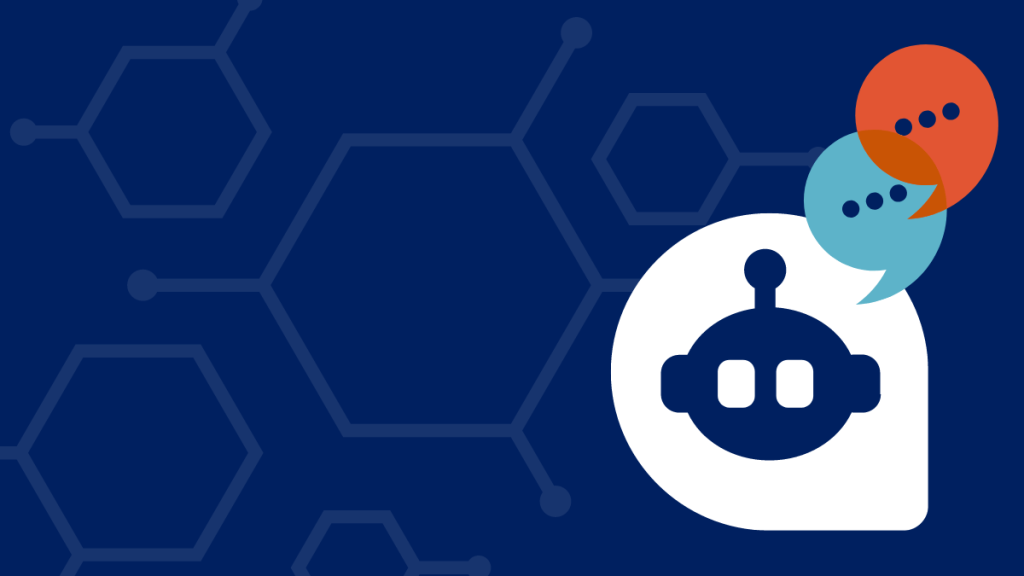
ChatGPT has made a significant splash in the field of natural language processing. To understand its capabilities, it’s essential to explore the machine learning algorithms that power it.
1. Transformers Architecture
- Attention Mechanism: The core of ChatGPT is based on the transformers architecture, which heavily relies on the attention mechanism. This allows the model to focus on different parts of the input text and understand the context better. For example, when processing a sentence, it can pay more attention to the key words and phrases that are relevant to generating an appropriate response.
- Encoder-Decoder Structure: In ChatGPT, the encoder part processes the input text and the decoder generates the response. This structure enables it to handle sequential data effectively and generate coherent and contextually relevant answers.
2. Deep Neural Networks
- Multiple Layers: ChatGPT consists of multiple layers of neural networks. These layers work together to learn the patterns and semantics of language. Each layer extracts different levels of features from the input text. For instance, the initial layers might identify basic grammar and word structures, while the deeper layers capture more complex semantic relationships.
- Backpropagation: The neural networks in ChatGPT use backpropagation to adjust the weights and biases. This helps the model to continuously improve its performance by minimizing the loss function during the training process. As it processes more and more data, it refines its understanding and response generation.
3. Unsupervised Learning
- Large-scale Training on Text Data: ChatGPT is trained on an enormous amount of text data from a wide variety of sources. This unsupervised learning approach enables it to learn language patterns and structures without explicit human labeling. It can discover common phrases, semantic similarities, and language usage habits.

- Generative Capability: Through unsupervised learning, ChatGPT can generate novel and creative responses. It doesn’t rely solely on pre-defined templates but can generate text that seems natural and fluent, making the conversation with users more engaging.
4. Reinforcement Learning (to some extent)
- Reward-based Training: Although ChatGPT’s primary training is unsupervised, there is some element of reinforcement learning involved. It can be fine-tuned using rewards based on user interactions. For example, if a user gives a positive feedback or engages further with the generated response, the model can learn from this and adjust its future responses to increase the likelihood of getting similar positive reactions.
- Improving Performance over Time: This reinforcement learning aspect helps ChatGPT to continuously adapt and improve its performance in real-world interactions, making it more user-friendly and effective in providing useful information.

In summary, ChatGPT combines the power of transformers architecture, deep neural networks, unsupervised learning, and to some extent, reinforcement learning. These algorithms work in harmony to create a highly capable language model that can handle a wide variety of language tasks and generate human-like responses. Understanding these underlying algorithms gives us insights into the potential and limitations of ChatGPT and also paves the way for further research and improvement in the field of natural language processing.




